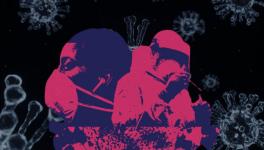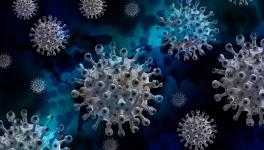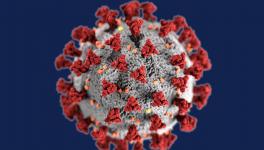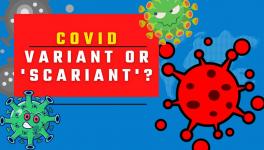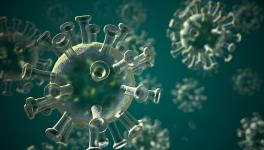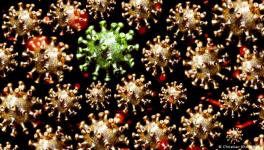How Pandemics are Linked with Ecological Crises
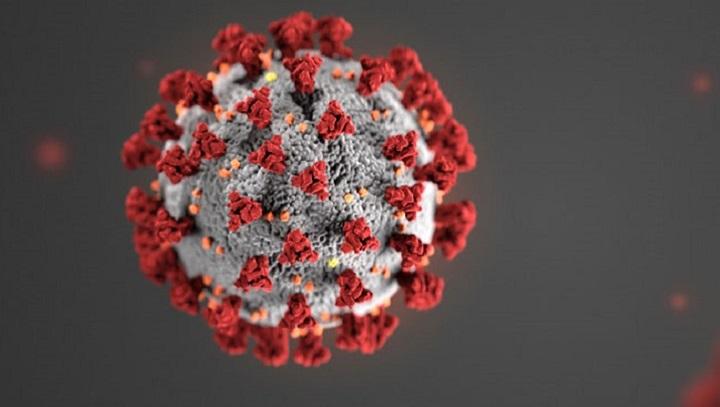
In recent years, many new diseases have been linked to transmission of microbes from animals, birds and other forms of life to human beings, in ways that the virus will cause severe disease amongst hem. Diseases such as MERS, SARS, the avian flu and swine flu are examples of such diseases, called zoonotic diseases, and Covid-19 has is yet another instance of this happening.
While the growing frequency of zoonotic diseases is widely debated, one important reason for their spread almost certainly relates to the ecological crisis and biodiversity loss that has been exacerbated across the plant. According to the United Nations, 290 million (29 crore) hectares of native forests were lost between 1990 and 2015, depriving billions of large and small animals, birds and insects of their habitat. For perspective, the entire area of India is estimated at roughly 328 million hectares.
Years ago, Edward O Wilson, one of the world’s leading experts on biodiversity and a professor emeritus in entomology at Harvard University, had summarised the extent of this loss in a simple sentence: on land at least, on a worldwide basis, species are vanishing 100 times faster than before the arrival of Homo Sapiens.
A paper written in 2009 by Johan Rockstrom and 26 other scientists, titled Planetary Boundaries—Exploring the Safe Operating Space for Humanity, had also found that currently , about 25% of species are threatened with extinction, ranging from 12% for birds to 52% for cycads. Their paper emphasised how the the global extinction rate far exceeds the rate of speciation. As a consequence, loss of species has become the “primary driver of changes in global biodiversity” in the present age. The authors are referring in their paper to the ongoing geological age, which has seen, since the 1950s, unprecedented acceleration of human-activity-driven impact on the environment.
Human activities, according to these scientists, has decreased biodiversity at an alarming rate—there is a 100 to 1,000 times faster depletion of species right now than during any preceding geological age. And this is only set to worsen, as they predicted that the average global extinction rate will “increase another 10-fold.” Where the erosion of species is the fastest, the vulnerability to other disturbances, such as disease, also increases rapidly. These areas then have a greater risk of undergoing “catastrophic regime shifts.” In ecological terms this would mean an abrupt disruption in how the earth and its systems are functioning. Such a regime shift can lead to disturbances in supplies of food and clean water and disrupt the climate. It should trouble us all that the authors have predicted such a change, and that too of a “catastrophic” order.
Already the number of species considered to be under stress is higher than the number of endangered species. The reason is deforestation and its effects. Monoculture plantations that are being seeded in the name of afforestation cannot be compared to natural forests. Nor do they have their great capacity to protect diverse forms of life. Heavy use of agri-chemicals in farms further adds to the crisis for birds and animals. As they lose their habitats and natural life-patterns, they perish in large numbers and get pushed into inhabiting places that are nearer human settlements, thus increasing animal-human conflict.
Conflicts between man and, say, primates such as the monkey, are more than ubiquitous. But other dangers are more hidden, such as the shifting of human inhabitation closer to where bat populations live. Similarly, what is known as an “exotic” animal is actually a reflection of how globalisation has changed the way we look at nature. Such animals and birds, and even fruits and vegetables, are now easier to capture and cull or sow and re-plant. They are also more easily and more widely transported around the world. Once outside their native habitat, of which they were an intrinsic part, they are no longer a part of the natural ecosystem. They carry every possibility of disturbing the cycles of nature. It is the lure of their meat or their “exotic” value, such as their use in “medicines” of various kinds, that is promoting this kind of global trade. These items are being transported all over the world without enough effort to understand the biological and ecological impact of doing so.
In addition, across the developed countries, farm animals are often kept in cruel and unhygienic factories solely to reduce costs of rearing them, to increase profits, particularly of chicken and poultry birds. To cater to rapidly-changing food habits in the developing world as well, animals are being fed meat-industry by-products and chemicals to fatten them quickly. To cite just one example, this has led to the spread of the “mad cow” disease in the United Kingdom some years ago.
Such high-risk situations allow diseases to spread and new ones to emerge. The risk of climate change also aggravates, as humans plunder and burn forests and grassland to find new resources and inhabit new territories, which brings them ever-closer to known and unknown species of animals, plants, viruses and other microbes. Habitats are disturbed and bio-diversity losses grow as a result of this contact. This loss of the settled balance in multiple ecosystems has created new risks from disease-causing mosquitoes and unleashed micro-organisms on regions that did not know of them earlier. Even micro-organisms frozen under ice-sheets and permafrost are at risk of being released due to the warming impact of climate change.
Many of these risks are preventable and reducible; for instance, by checking cruelty against animals and halting the trans-national trade in wild life and transportation of ever-newer species of plants across borders. The justification for doing so is that it yields medicines and food, but that is to take a very narrow view. In most cases, there is no basis for the claim that scientifically untested “medicines” derived from such animals and plants have any therapeutic value. As for the trade in exotic vegetables and fruit, some of it is transported at huge cost by air and sea, to satisfy the latest fad based on claims about “super foods”. Such unnecessary trade in non-local food items also adds to global warming, and local foods should be encouraged and newer varieties developed scientifically to take care of the food and nutrition requirements of growing populations.
Strong steps should be taken to check deforestation and, as far as possible, there should be no culling of green trees in the remaining natural forests. Afforestation should be reformed significantly, away from the commercial-plantation approach and closer to natural forests. All possible efforts should be made to protect biodiversity. It is time to provide special protection to all endangered species, and not just a few that are regarded “spectacular”.
All methods of meat, egg and milk production should be reviewed with safety as the goal. Farm technologies should minimise the role of poisonous insecticides, pesticides and weedicides to protect farm-level biodiversity and avoid poisoning the entire food chain.
The writer is honorary convener of the Campaign to Protect Earth Now. His latest book is Vimla and Sunderlal Bahuguna—Chipko Movement and Struggle Against Tehri Dam. The views are personal.
Get the latest reports & analysis with people's perspective on Protests, movements & deep analytical videos, discussions of the current affairs in your Telegram app. Subscribe to NewsClick's Telegram channel & get Real-Time updates on stories, as they get published on our website.










